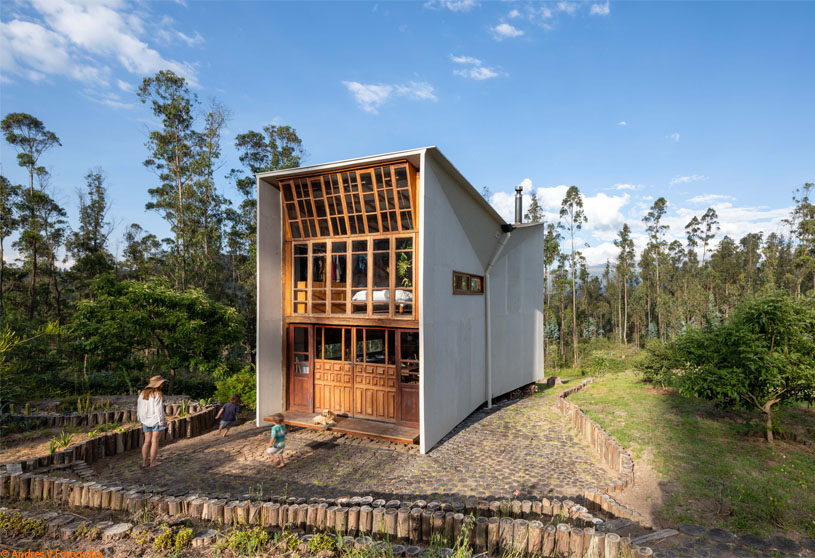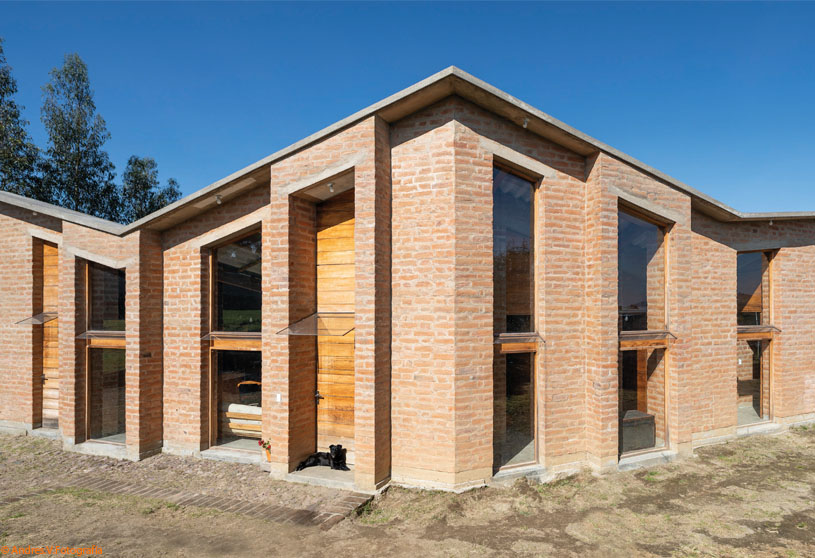(“Text as taken from the website”)
 Arq Emilio López
Arq Emilio López
Architect Emilio López holds a master’s degree in History and Theory of Architecture from the Polytechnic University of Catalonia, Spain. He graduated as an architect from the Faculty of Architecture and Design of the Pontifical Catholic University of Ecuador. He has participated in several design projects, both new construction and interventions in built heritage, since 2005.
Practice Ideology
Architect Emilio López lives in Ecuador, a territory with one of the greatest biodiversity in the world, so its geography, plants, climates, and cultures are great stimuli for him, and with architecture comes this possibility of immersion and mixing with the environment: letting oneself be transformed by the other, from that envelope where the limit is suspended. Therein lies the strength of architecture, a product of the immersive affectation that comes with rethinking one’s relationship with resources and with the world in which they live.
“We relate through various layers that protect and relate to us. These envelopes allow us to open worlds or cancel them since they manifest differences between the open and the closed, the outside and the inside, the private and the public, the identical and the different. Borders, limits, and skins whose materialities and forms demonstrate intentionality: some more closed on themselves, others that invite negotiation and exchange.”
He thinks of architecture as an open process, always changing based on new demands, which are updated by experience like that of the cocoon: a transitory envelope in which the transition of the worm is expressed, its state between suspended existence or even shared. Therein lies its force for change and creativity.
In the change of the cocoon, identities become problematic, and borders are no longer clear. The encounter is expressed in the interstice, in the zone of exchange, and between what is different. In this conception, environment and habitat are confused, since the shell is the environment that opens to the outside, and that is transformed in the exchange with the outside. It is a power of action rather than adaptation, where a fragile materiality makes negotiation possible. Thus, the habitat is not restricted to a particular or individual environment but rather opens up to an area where exchange unfolds and where the interaction between neighbours does not respect any border or fixed scale.
“By locating ourselves in this zone, which we could call the zone of affectation, creativity happens in the interstices with the others. The territory is explored at the same time as it explores us, and the negotiation is launched by distancing itself from the acceleration of productivity.”



